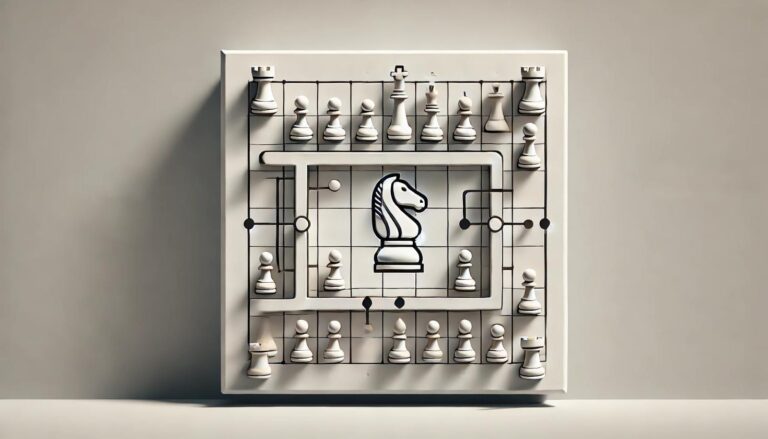Introduction
In the game of chess, there are two important terms that every player needs to know: stalemate and checkmate. These terms represent the outcomes of a chess game, and understanding the difference between them is crucial in improving your chess skills.
Stalemate
Stalemate occurs when a player´s king is not in check, but they have no legal moves available. This means that the player is not in check, but they are also unable to make any moves without putting their king in check. In simpler terms, stalemate means that a player is not able to make a move, but their king is not in checkmate.
Insufficient material
This is the most common way in which stalemate occurs. Insufficient material means that there are not enough pieces left on the board for either player to deliver a checkmate. This usually happens when one player is left with just their king, while the other player has a few remaining pieces that cannot deliver a checkmate.
Stalemate trap
Another way in which stalemate can occur is through a stalemate trap. This happens when one player tries to checkmate their opponent, but instead, they end up in a position where their opponent´s king is not in check, but they have no legal moves available. This can happen when a player is so focused on attacking their opponent´s king that they forget to protect their own pieces, leading to a stalemate.
Checkmate
Checkmate, on the other hand, is a move that puts the king in check, and there is no way for the king to escape or for the player to eliminate the threat. This means that the game ends, and the player who has put their opponent´s king in checkmate wins the game.
Importance of checkmate
Checkmate is the most desired outcome in the game of chess, and it is the ultimate goal for every player. This is because checkmate ensures that the player has successfully outsmarted their opponent and has eliminated all their threats. When a checkmate occurs, it means that the player has successfully executed their plan and has emerged as the winner of the game.
Key Differences
Now that we have understood stalemate and checkmate, let´s look at the key differences between the two:
- Position of the king: In stalemate, the king is not in check, while in checkmate, the king is in check and has no way to escape.
- Legal moves: In stalemate, the player has no legal moves available, while in checkmate, the player´s moves are limited to trying to get their king out of check.
- Outcome: Stalemate ends in a draw, while checkmate results in a win for the player who has achieved it.
Conclusion
In summary, stalemate and checkmate are two important terms in the game of chess. Stalemate occurs when a player has no legal moves available, while their king is not in check. Checkmate, on the other hand, happens when a player´s king is in check, and there is no escape or way to eliminate the threat. Understanding the difference between the two is crucial in becoming a better chess player and knowing when to strive for a checkmate and when to avoid a stalemate. So, keep practising, and may your next game end in a satisfying checkmate!

